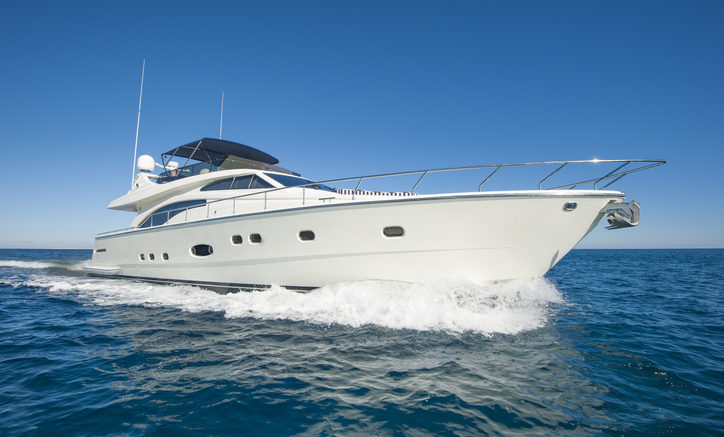You probably don’t need me to tell you that Starlink for Marine is here. It’s changing the boating experience. But, it’s not always a 100% replacement for satellite TV. There are a lot of reasons you might want to keep your existing satellite TV service rather than simply replacing it with Starlink. But you probably already made that decision before you found this article through Googling. So let’s get straight to the meat and potatoes, shall we?
Starlink uses the same frequency ranges as DIRECTV Satellite
In the US, all consumer satellite communication takes place within two frequency ranges. The Ku band of 12-18GHz is used most commonly, but the Ka band of 26-40GHz is also getting more common because there’s a lot more unused capacity there. (By the way the K band, which sits between those ranges, isn’t use for consumer satellite because K band signals don’t penetrate the atmosphere as well.)
DIRECTV uses the Ku band for its primary satellite at the 101 location, and the Ka band for satellites at the 99 and 103 locations. On the other hand, Starlink commonly uses the Ku band to receive signal from the satellites and the Ka band to transmit signal back up, according to common sources.
“In theory” there’s plenty of room on both frequency bands and the reception of Ka-band signals from DIRECTV satellites shouldn’t be affected by the transmission of Ka-band signals to Starlink satellites. But, you probably know this: things don’t always work out in the real world like they do “in theory.” So here’s what you need to do.
Plan your install so the Starlink system is as far as possible from the DIRECTV system.
Obviously your customer is going to want the Starlink system on the same mast as the DIRECTV system. It just looks cleaner that way. That’s what they’ll say and they are right. But, this can cause problems. If it’s possible to plan the system so that the two antennas are as far as possible, that’s the best choice.
Test the system before final mounting
If you can, test the Starlink system before mounting it in its final location. Make sure it works right and make sure that your customer can watch DIRECTV from HD channels before you do the final mounting. You’ll want to test a bunch of HD channels to make sure the signal doesn’t interfere. The more testing you do at this phase, the less chance you’ll have to make another call out to the boat later.
If your customer tells you they’ve lost satellite signal…
If you get a call from a customer with a KVH HD7, UHD7, or Intellian s6HD (or any larger marine dome) and they tell you that they lose signal within a few seconds, the first thing you want to make sure they try is unplugging the Starlink system. Check to see if satellite signal comes back after rebooting the receiver and ACU. If it does you know the Starlink system is interfering.
If you need more tech support, call the experts at Signal Connect. We’ve got over 20 years of experience doing marine installations and a team of techs ready to back you up. Call us at 888-233-7563 during East Coast business hours. If it’s after hours, fill out the form below. We’ll get right back to you!





